Wobbly table legs can be a source of frustration and even pose risks in your home. They get in the way of everything from dining to puzzling, gaming, working, you name it.
This common issue, often caused by uneven floors or wear and tear, can undermine the functionality and safety of your furniture. But we’re here to help with this guide on how to stabilise wooden table legs.
We'll explore effective methods that we’ve used ourselves and even discuss when it's more practical to replace poorly-made, low-quality legs.
For those seeking new, high-quality options, The Hairpin Leg Co. offers a range of stylish and sturdy wooden table legs, perfect for giving your table a fresh, stable foundation. We’re the most trusted choice in the UK, but we also ship abroad!
Why are My Wooden Table Legs so Wobbly?
Before we get into how to stabilise wooden table legs we want to discuss the common causes of wobbles in the first place. It’s most likely one of these four problems:
- Loose Joints and Screws: Over time, the screws and joints that hold the table legs in place can loosen. This is often due to regular use or movement of the table. Regularly checking and tightening these connections can resolve the wobble.
- The Impact of Uneven Floors: If your table is placed on an uneven floor, it can cause the legs to appear wobbly. Using shims or adjustable feet can help level the table and stabilise the legs.
- Wood Expansion and Contraction: Wood naturally expands and contracts with changes in humidity and temperature, which can affect the stability of the legs. Maintaining a consistent environment can minimise this issue.
- Cheap Table Legs: Low-quality or poorly designed table legs might not provide adequate support, leading to instability. They may lack the necessary strength or design to bear the table's weight effectively.
Understanding these causes can help you address the issue more effectively and decide whether to repair or replace the legs. That being said, let’s get into how to stabilise wooden table legs!
How to Stabilise Wooden Table Legs
We’ll look at three different ways to stabilise your wooden table legs below, from tightening joints and screws to levelling the legs, and addressing warping. Then, we’ll talk about replacing your legs altogether at The Hairpin Leg Co. if necessary.
Tightening Techniques for Joints and Screws
Stabilising wooden table legs often starts with tightening any loose joints and screws. Over time, due to regular use and natural wood movement, these connections can loosen.
First, inspect each leg and joint, wiggling them gently to identify any movement. If screws are stripped, replacing them with slightly larger screws can offer a better hold.
In cases where legs are connected by nuts and bolts, ensure you're holding the nut in place while tightening the bolt for a secure fit.
For glued joints that have come loose, applying fresh wood glue and using clamps to hold the joint in place while it dries can provide a strong, lasting bond. It's important to routinely check and tighten these connections to maintain stability.
Levelling Legs for Uneven Surfaces
Uneven floors can make even the sturdiest tables wobble. To remedy this, first, determine which leg is causing the imbalance. Place a level on the table and adjust the legs until the bubble centres.
If a leg is too long, sand it down carefully, checking frequently with the level to ensure you don't overdo it. If the leg is too short, adding shims or felt pads can compensate for the difference.
Alternatively, installing adjustable feet can offer a more permanent solution, allowing for micro-adjustments to keep the table stable on various surfaces. These feet can typically be screwed into the bottom of the legs and adjusted as needed to achieve the perfect balance.
If You’re Unable to Stabilise Your Wooden Table Legs, Find the Perfect Replacement at The Hairpin Leg Co.!
We hope these tips help you stabilise wobbly wooden table legs. But if the issue is your table legs themselves being cheap, low-quality legs, there’s only one solution: replace them with the finest table legs online!
With free UK delivery, international tax-free options, a 5-year warranty, and a 60-day return policy, The Hairpin Leg Co. is your go-to for quality furniture legs.
Our wooden table legs come in a sleek, minimalist design,i n natural wood tones Choose from 20cm, 35cm, 40cm, 71cm or even 86cm sizes to suit your project.
Made from high-quality oak, these legs provide solid support and a timeless look. They come with a hard wax oil finish for a natural feel and are designed for indoor use.
Alongside these, we also offer a variety of metal table legs, including hairpin and a range of industrial styles, perfect for enhancing your furniture. Here are some of our favourite table leg collections:
You can even find a whole freestanding table frame, perfect for those big and heavy projects! The possibilities are endless here at The Hairpin Leg Co.
But, if you’re looking to stick with wooden table legs, ours are a great choice. And below, we’ll offer insights on installing yours to get your furniture back looking (and functioning) its best.
Tips for Installing Your New Legs
We encourage you to follow your building guide that comes with your legs or read our detailed guide on how to attach table legs before getting started. In the meantime, though, here’s an overview of the process:
- Remove old legs, clean the area, and ensure the surface is flat and smooth.
- Measure and mark the position for the new legs, considering the table's size and intended use.
- For wood surfaces, use the provided 4.5mm wood screws. For hardwoods, pre-drill a 1-2mm pilot hole to ease the screws in and reduce the risk of cracking.
- For larger tables, consider thicker screws (up to 5mm) for better engagement.
- Threaded inserts are recommended for projects needing frequent assembly/disassembly or a more professional finish. Use an M5 bolt with a 5mm threaded insert.
- Align the angled edges of the fixing plate with your table's edges to point the legs towards the corners.
- A general guide is to position the fixing plate's angled edges 120mm in from the table's edges for table-height legs, or 80mm for bench legs.
- Once legs are attached, check for stability. Adjust if necessary to ensure the table is level.
- Regularly inspect the legs and tighten screws as needed.
Remember, the right preparation and precise installation can significantly enhance the stability and longevity of your furniture. If you have any questions along the way, don’t hesitate to reach out to our helpful customer support team.
At this point, though, it’s time you got to shopping as we wrap up this conversation on how to stabilise wooden table legs.
Bringing Our Guide on How to Stabilise Wooden Table Legs to a Close
Wooden table legs can wobble due to various reasons like loosened joints, unlevelled floors, or wood's natural shifts. This guide has shared detailed solutions for tightening, levelling, and rectifying warping issues. We hope you’re able to restore a sense of stability in your table!
But even with these tips on how to stabilise wooden table legs, there will be instances where you cannot get the stability you desire in your existing legs. That’s because the problem is the legs themselves. The good news? A suitable set of replacements is just a click away at The Hairpin Leg Co.
From wooden furniture legs to hairpin legs, table tops, desk legs, and more - we’re your trusted source for all things stylish, sturdy furniture. Whether you’re building something for your own home or office or looking for a reliable supplier for your own furniture company, it’s time to explore our catalogue and discover firsthand why we’re the #1 choice online!
Explore our collection to find the ideal legs for your table's transformation, ensuring both aesthetic appeal and stability.


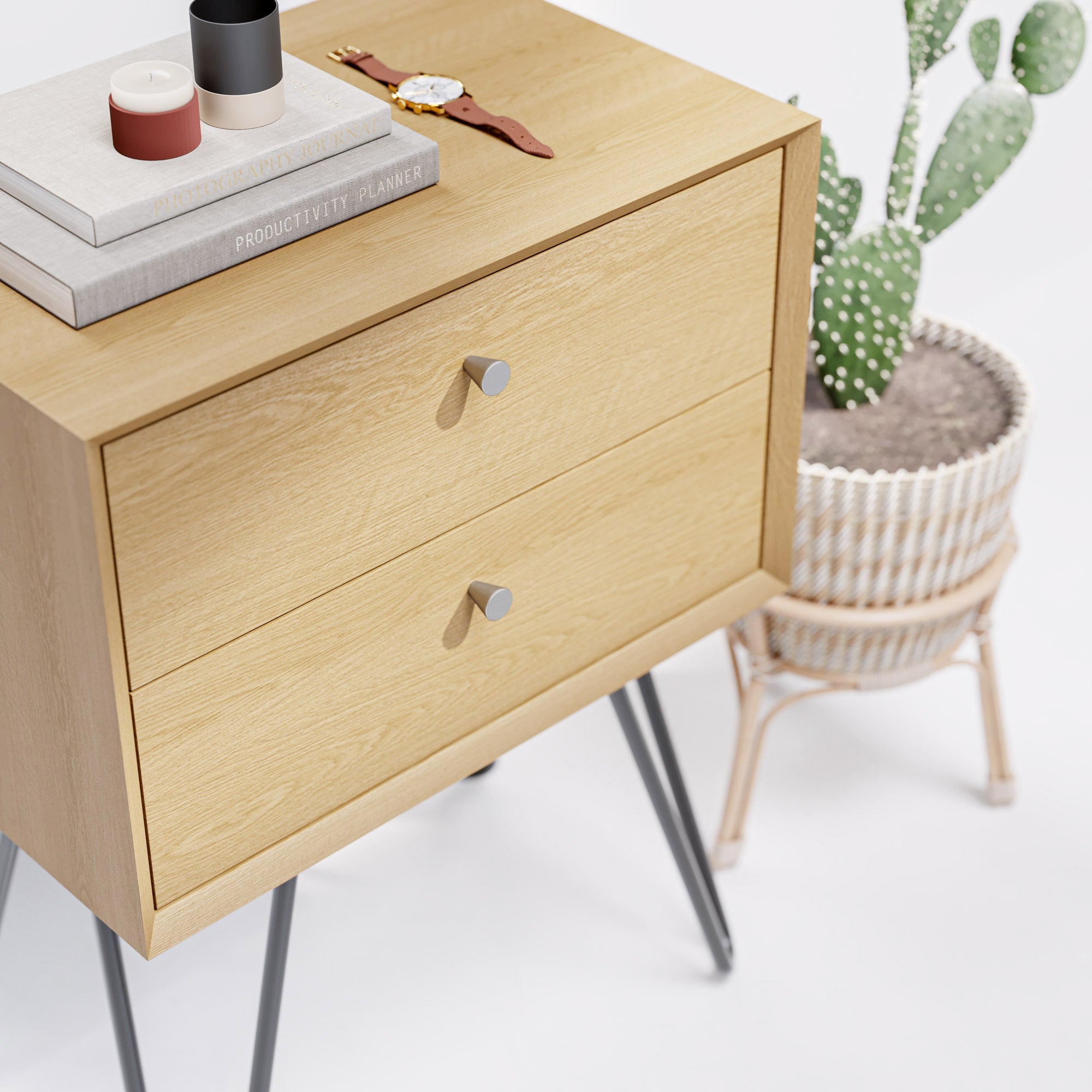

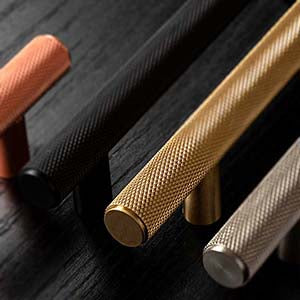
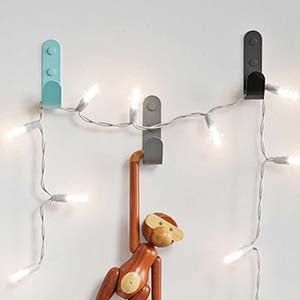
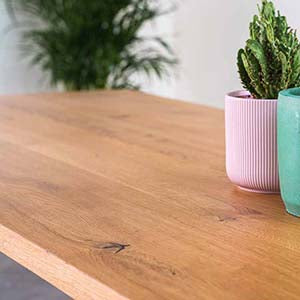
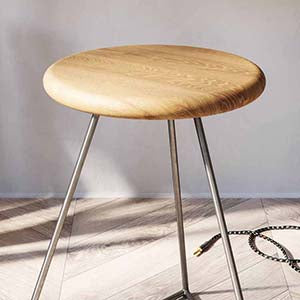
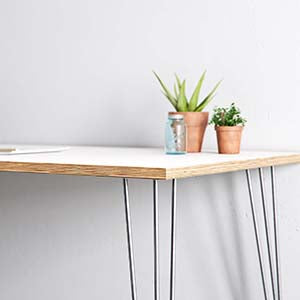

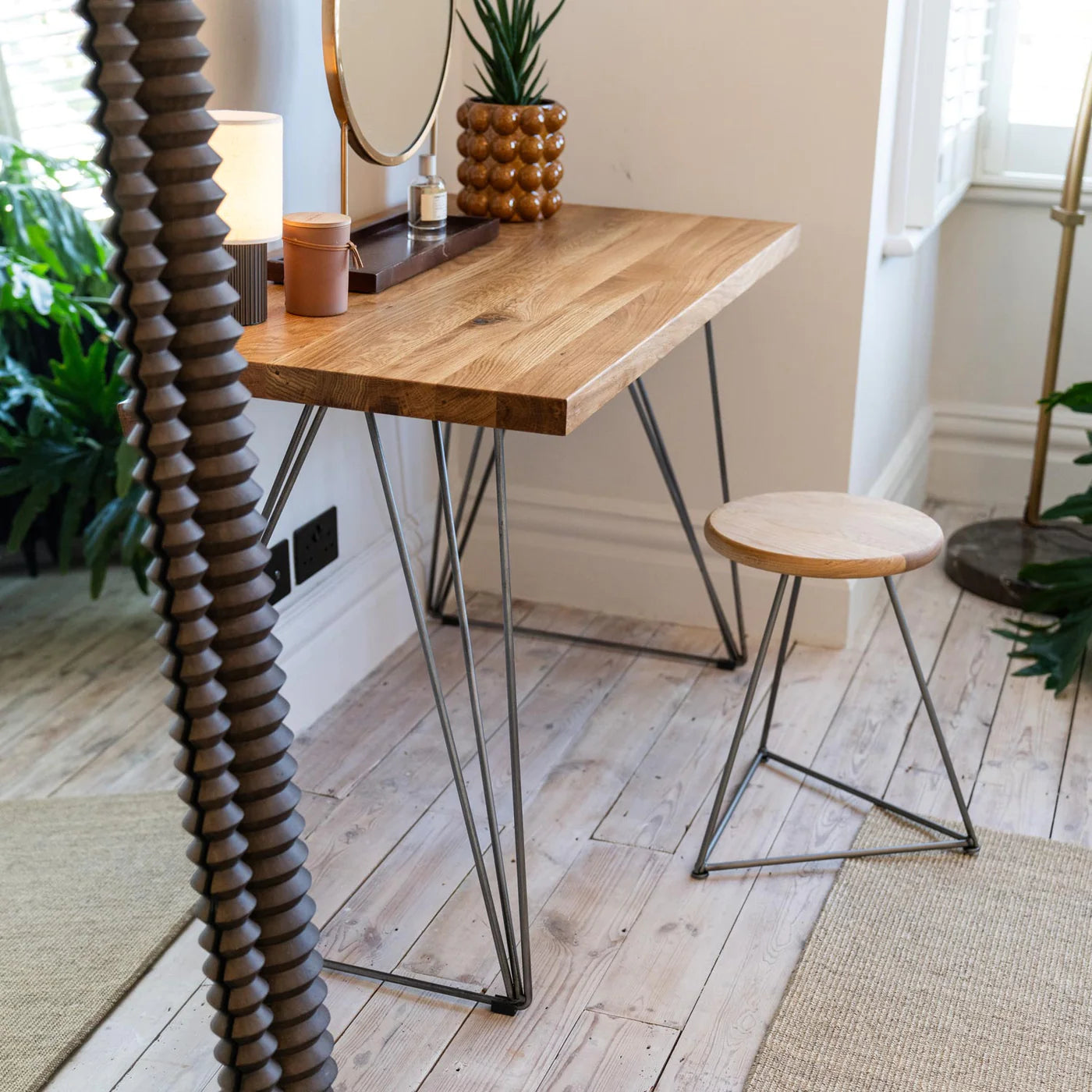
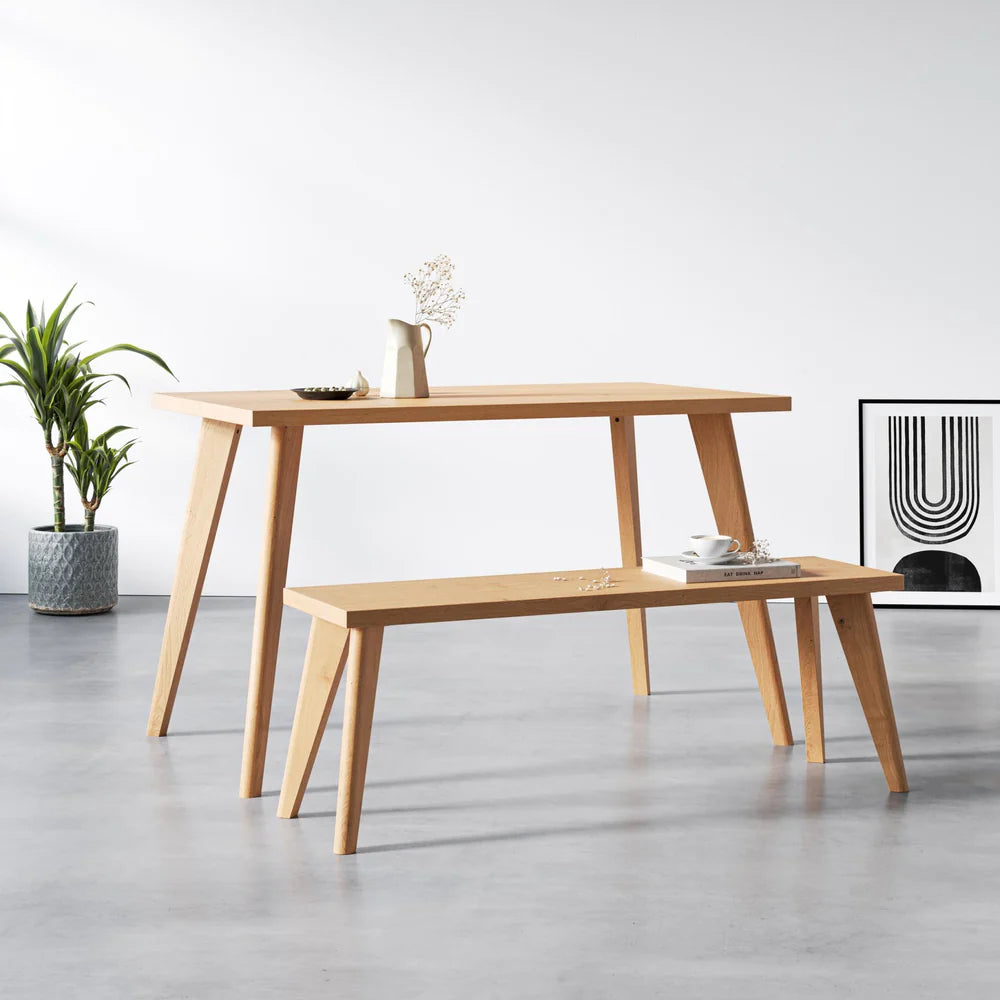
Leave a comment
This site is protected by reCAPTCHA and the Google Privacy Policy and Terms of Service apply.